|
Emulsifiers are substances that help to stabilize mixtures of two or more immiscible liquids, such as oil and water. They work by reducing the surface tension between the two liquids, allowing them to mix and form a stable emulsion.
There are many different types of surface-active agent, each with its unique properties and applications. Some of the most common types of surface-active agent include natural surface-active agent like lecithin, which is found in egg yolks, and synthetic surface-active agent like polysorbates and mono- and diglycerides. One of the key benefits of using surface-active agent is that they can help to improve the texture, appearance, and shelf life of many different types of food products. For example, Emulsifiers are commonly used in salad dressings to prevent the oil and vinegar from separating, in ice cream to improve its smoothness and prevent the formation of ice crystals, and in baked goods to improve their texture and help them stay fresh for longer. Surface-active agent are often used in food products to create a smooth and consistent texture. They can help to prevent the separation of ingredients and keep them evenly distributed throughout the product. This can be particularly important in products like salad dressings, where oil and vinegar can quickly separate without an emulsifier. Surface-active agent can help to extend the shelf life of many different types of products. By stabilizing the emulsion, Emulsifiers can help to prevent spoilage and keep products fresh for longer. This is particularly important in the food industry, where products need to be preserved for as long as possible. Surface-active agent are also used in a wide range of other applications, such as in the production of cosmetics, pharmaceuticals, and industrial products. In cosmetics, for example, surface-active agent are used to combine oil and water-based ingredients and create products with a smooth and consistent texture. In pharmaceuticals, surface-active agent are used to help deliver drugs to the body more efficiently, while in industrial products they are used as lubricants, dispersants, and stabilizers. Despite their many benefits, some people have concerns about the safety of Emulsifiers, particularly synthetic surface-active agent that are used in processed foods. Some studies have suggested that consuming large amounts of certain surface-active agent may be linked to a range of health issues, including inflammation, gut problems, and increased risk of obesity and other metabolic disorders. However, it is important to note that these studies have mainly been conducted in animals or cell cultures, and more research is needed to fully understand the effects of surface-active agent on human health. In addition, many experts argue that surface-active agent are generally safe to consume in small amounts and that there is no need for most people to avoid them altogether. If users are concerned about the safety of Emulsifiers or would prefer to avoid them in their diet, many natural alternatives can be used instead. For example, instead of using a synthetic emulsifier in salad dressing, users could try using mustard, which contains natural emulsifying agents. Alternatively, they could try using whole foods like avocado or nut butter to create a creamy texture in the recipes.
0 Comments
Hydrogen Peroxide (H2O2) is a chemical compound made up of two hydrogen atoms and two oxygen atoms. It is a powerful oxidizing agent and is commonly used as a disinfectant, bleaching agent, and oxidizer. Dihydrogen dioxide has many different uses in a variety of industries. In the healthcare industry, it is commonly used as a disinfectant for surfaces, equipment, and wounds. It is also used as a bleaching agent in the textile industry and as an oxidizer in the chemical industry. Additionally, it is used in the food industry as a preservative and as a source of oxygen for food processing.
One of the most common uses of dihydrogen dioxide is as a disinfectant. It is effective against a wide range of bacteria, viruses, and fungi, and is commonly used in hospitals, dental offices, and other healthcare settings. It can be used to disinfect surfaces, medical equipment, and even wounds. When Hydrogen Peroxide comes into contact with bacteria or other pathogens, it releases oxygen, which destroys the pathogen's cell walls and membranes, ultimately killing the microorganism. Dihydrogen dioxide is utilized as a bleaching agent in the textile industry. It is effective at removing stains and brightening fabrics without causing damage to the fibers. Additionally, it is used as an oxidizer in the chemical industry to initiate chemical reactions, such as polymerization, and to remove impurities from various chemicals. In the food industry, dihydrogen dioxide is used as a preservative to extend the shelf life of certain foods. It is also used as a source of oxygen for food processing, such as in the production of cheese and dairy products. Hydrogen Peroxide is also used to sanitize food processing equipment to prevent the growth of harmful bacteria. Dihydrogen dioxide is produced naturally in the human body as a byproduct of metabolic processes. It is formed when oxygen molecules are broken down into their component parts. The body uses dihydrogen dioxide to help regulate cellular metabolism and defend against infection. White blood cells, for example, produce dihydrogen dioxide to help fight off invading pathogens. Despite its many uses, dihydrogen dioxide can be dangerous if not handled properly. It is a powerful oxidizing agent and can cause chemical burns if it comes into contact with skin or mucous membranes. Ingesting Hydrogen Peroxide can also be dangerous and can cause nausea, vomiting, and other gastrointestinal symptoms. It is important to follow proper safety precautions when using dihydrogen dioxide. This includes wearing gloves and protective eyewear when handling the chemical and avoiding contact with skin and mucous membranes. It is also important to properly store dihydrogen dioxide in a cool, dry place away from heat sources and incompatible materials. To minimize the risks associated with dihydrogen dioxide, it is important to follow proper safety precautions. This includes wearing gloves and protective eyewear when handling the chemical, avoiding contact with skin and mucous membranes, and properly storing dihydrogen dioxide in a cool, dry place away from heat sources and incompatible materials. It is also important to use dihydrogen dioxide only as directed and to never ingest it. Hydrogen Peroxide is a powerful oxidizing agent and can cause chemical burns if it comes into contact with skin or mucous membranes. This can result in pain, redness, and blistering. Ingesting dihydrogen dioxide can cause nausea, vomiting, and other gastrointestinal symptoms. Dihydrogen dioxide peroxide is a strong oxidizer and can react violently with certain materials, such as metals, fuels, and other chemicals. This can result in a fire or explosion. In addition to its industrial and medical uses, dihydrogen dioxide has also gained popularity in recent years as a natural remedy for various health conditions. Some people use it as a mouthwash to whiten teeth and freshen breath, while others use it to clean wounds and prevent infection. However, it is important to note that there is limited scientific evidence to support the use of dihydrogen dioxide for these purposes. Phytonutrients are naturally occurring compounds that plants produce in order to protect themselves from insects and bacteria. They are also responsible for the vibrant colors of many fruits and vegetables. These compounds can be found in a wide variety of foods including fruits, vegetables, legumes, nuts, grains, tea and herbs. They are known to help improve health outcomes and reduce risk of disease.
Antioxidants are compounds that help scavenge free radicals and combat the oxidative stress that is associated with disease. They can be found in many foods including fruits, vegetables, nuts, seeds and whole grains. Foods rich in antioxidants are also beneficial for the skin and eyes. Studies have shown that people who consume more antioxidant-rich foods have lower rates of cancer, heart disease and Alzheimer’s disease. Phytonutrients can also improve digestion, energy and sleep along with other benefits that help in feeling best. They are especially effective when they are consumed alongside whole, plant-based foods. The best ways to get antioxidants are through diet and supplements. To maximize the intake, eat foods that are fresh or lightly steamed and avoid cooking or processing them. Boiling can actually destroy some of the phytochemicals in fruits and veggies. Phytochemicals are found in a wide variety of fruits and vegetables, legumes, nuts, tea, whole grains, herbs and spices. Phytochemicals are compounds that occur naturally in plant foods. They are essential for health as they help protect cells from damage. Phytonutrients have been shown to reduce the risk of cancer, heart disease, stroke and neurological conditions. They also support the immune system, improve digestion and enhance energy levels. Almost all fruits and vegetables contain phytochemicals. They are found in the form of flavonoids, carotenoids, indoles, isoflavones and lignans. They are also rich in antioxidants that can ward off free radicals and reduce the risk of heart disease, cancer, Alzheimer's and Parkinson's. They have also been shown to help prevent and slow the aging process by helping the body maintain its overall balance. Phytochemicals are similar to antioxidants in that they help the body by fighting against free radicals and protecting cells from damage. They can also enhance the immune system, improve communication among cells, detoxify carcinogens, kill cancer cells and repair damaged DNA. Phytonutrients have antimicrobial properties that help protect the body from infections, and reduce the risk of chronic diseases such as cancer. They also prevent free radicals from stealing electrons from proteins and other nutrients, which can cause oxidative stress. Plant extracts have been used as herbal remedies to treat a variety of conditions, from colds and flu to respiratory problems. Many of these plant substances are chemical compounds known as phytochemicals or secondary metabolites. These bioactives are produced naturally in the bodies of plants. Some are extracted from fruits and vegetables, while others are found in herbs, spices, beans and legumes. Phytonutrients are natural compounds found in fruits, vegetables, whole grains, herbs and nuts that support the immune system. They can also be good for the brain and heart. Some of these super nutrients, or phytochemicals come in the form of antioxidants, which are powerful compounds that fight free radicals. They can also reduce inflammation, regulate blood lipids and decrease the risk for a stroke or Type 2 diabetes. Ellagic acid is a type of tannin that helps prevent the formation of plaques in the arteries. It is great for those with high blood pressure or cholesterol. It is also known to improve glucose metabolism and increase nutrient absorption, which can lower the risk of developing type 2 diabetes. Another Phytonutrients that is known for its antioxidant and anti-inflammatory properties is curcumin. It is commonly used in the food industry to prevent and treat inflammatory disorders. Ultrasound Gels are a key component of ultrasound imaging, used to improve the quality of images obtained during ultrasound examinations. These gels are designed to help transmit ultrasonic waves from the transducer to the patient's skin, allowing the imaging system to capture detailed images of internal organs and tissues.
Gels are typically made from a mixture of water, glycerin, and a thickening agent, such as carbomer or xanthan gum. Some gels may also contain preservatives or other additives to enhance their performance or extend their shelf life. The main purpose of these ingredients is to help create a smooth, consistent layer of gel on the patient's skin, which allows the ultrasonic waves to travel more easily through the skin and into the underlying tissues. The glycerin in the gel helps to reduce friction between the transducer and the skin, while the thickening agent helps to keep the gel in place and prevent it from dripping or running. Ultrasound Gels are an essential part of ultrasound imaging, as they help to improve the quality of images obtained during ultrasound examinations. Without a sufficient layer of gel, the ultrasonic waves would have difficulty penetrating the skin and reaching the underlying tissues, resulting in poor-quality images that may be difficult or impossible to interpret. By providing a smooth, consistent layer of gel on the skin, gels help to ensure that the ultrasonic waves are transmitted effectively, resulting in clear, detailed images that can be used to diagnose a wide range of medical conditions. Ultrasound Gels are used in a variety of medical settings, including hospitals, clinics, and doctor's offices, and are essential for many different types of ultrasound examinations, from prenatal ultrasounds to imaging of the liver, kidneys, and other internal organs. Gels are typically applied directly to the patient's skin before the ultrasound examination. The gel is dispensed from a bottle or tube and applied to the skin in a thin, even layer, using the transducer or a gloved hand to spread it over the skin. The amount of gel required will depend on the size of the area being imaged, with larger areas requiring more gel to ensure adequate coverage. During the ultrasound examination, the transducer is placed directly on the skin, with the gel helping to create smooth, even contact between the transducer and the skin. The transducer is then moved over the skin, with the ultrasonic waves transmitted through the gel and into the underlying tissues. As the waves bounce off the internal structures of the body, they are captured by the imaging system and used to create a detailed, real-time image of the area being examined. After the examination is complete, the gel is typically wiped off the patient's skin using a damp cloth or paper towel. Some Ultrasound Gels are water-soluble and can be easily rinsed off with water, while others may require a specialized cleaning solution to remove. While gels are generally safe and well-tolerated, there are some potential risks associated with their use. Some people may experience an allergic reaction to one or more of the ingredients in the gel, such as glycerin or the thickening agent. Symptoms of an allergic reaction may include itching, hives, or difficulty breathing. In rare cases, Ultrasound Gels may cause skin irritation or redness, particularly if the gel is left on the skin for an extended period of time. Gels can become contaminated with bacteria or other microorganisms if they are not properly stored or handled. This can potentially lead to infections or other health problems. A Bicycle Helmet is an essential piece of safety equipment for anyone who rides a bike. Helmets have been proven to significantly reduce the risk of head injury in the event of a crash, making them a crucial investment for cyclists of all levels. Wearing a properly fitting helmet can help protect against head injuries and potentially save a rider's life.
There are several types of cycle helmets available, each designed for a specific type of cycling. Some of the most common types include road helmets, mountain bike helmets, commuter helmets, BMX helmets, and kids' helmets. Road helmets are designed for cyclists who ride on roads and highways, while mountain bike helmets are designed for off-road cycling and provide more coverage than road helmets. Commuter helmets are designed for cyclists who ride in urban environments and are often equipped with additional safety features such as lights and reflective materials. BMX helmets are designed for freestyle and stunt cycling and provide more coverage than traditional road helmets. Kids' helmets are designed specifically for children and come in a range of sizes and colors. They often feature fun designs and additional safety features such as flashing lights. When selecting a Bicycle Helmet, it is essential to consider several factors. Size is crucial, and the helmet should fit snugly but comfortably. Safety standards should also be considered, and a helmet that meets the standards established by organizations such as the Consumer Product Safety Commission (CPSC) or the Snell Memorial Foundation should be chosen. Comfort is also essential, and a well-ventilated helmet, which has a comfortable chin strap, and does not put pressure on any one area of the head should be chosen. Style is also important, and there are many styles and colors available, so it's essential to choose a helmet that is enjoyable to wear. To ensure a Bicycle Helmet provides optimal protection, it's important to take proper care of it. Helmets should be cleaned regularly with mild soap and water. Exposure to high temperatures should be avoided, as it can damage the foam liner. Helmets should be replaced if they have been involved in a crash, as they may have sustained damage that is not visible. Cycle helmet should also be replaced every five years, even if they have not been involved in a crash. One of the most significant advantages of wearing a Bicycle Helmet while cycling is that it can help protect against head injury. A properly fitting helmet can absorb the impact of a crash, reducing the risk of a head injury. Wearing a cycle helmet can increase a cyclist's safety on the road. With a helmet on, a cyclist is more visible to motorists, and drivers are more likely to give them enough space while passing. In many places, wearing a helmet is required by law for cyclists of all ages. Failing to wear a cycle helmet can result in a fine, so wearing one can help avoid legal trouble. Modern cycle helmets are designed with comfort in mind. They are lightweight and well-ventilated, so they can be worn for extended periods without causing discomfort. Helmets come in a range of styles and colors, so it's easy to find one that suits the personal taste. Many cycle helmet also features fun designs, making them enjoyable to wear. Wearing a Bicycle Helmet can improve a cyclist's confidence on the road. Knowing that they are protected against head injury can help cyclists ride more confidently and safely. Studies have shown that cyclists who wear helmets tend to ride faster and more aggressively than those who don't. This may be because they feel more protected and confident while cycling. The advantages of wearing a cycle helmet are clear. By providing protection against head injury, increasing safety, and offering enhanced comfort and style, a cycle helmet can help make cycling a more enjoyable and safe activity. Vagus Nerve Stimulators are used to treat a variety of conditions. They may help improve symptoms of epilepsy, rheumatoid arthritis, and depression. VNS uses a pulse generator that is inserted under the skin in the chest. It delivers regular electrical pulses to the brain via the vagus nerve.
The vagus nerve is a major component of the parasympathetic nervous system that governs important body functions, control of such as controlling mood and immune responses. It sends information about the state of inner organs and heart rate to the brain via afferent fibers. It plays a role in modulating the brain-gut axis. This axis is an important therapeutic target for gastrointestinal and psychiatric disorders, like inflammatory bowel disease. Vagus Nerve Stimulators is a surgical procedure that uses a device to stimulate the vagus nerve, which travels up the neck and connects to areas of the brain. It is FDA-approved for the treatment of chronic or recurrent depression and bipolar disorder. The vagus nerve runs from the brain to the heart, lungs and digestive system. It carries signals to control involuntary functions such as breathing, heart rate, and speech. It also regulates the "fight or flight" response and the "parasympathetic" nervous system. It is thought that lowering the sympathetic "fight or flight" response and increasing the parasympathetic activity can improve both mental and physical health. There are many ways to stimulate the vagus nerve, including deep and slow breathing, neck massages, and eye exercises. However, one of the best-known anxiety hacks involves using something cold to trigger the vagus nerve. Vagus Nerve Stimulators are a new form of neuromodulation that uses electrical stimulation of the brain to help reduce symptoms of depression. Doctors aren't sure exactly how it works, as they believe it may work by affecting the way nerve cell circuits transmit signals in areas of the brain. Vagus Nerve Stimulators isn't a quick fix and usually takes months or years for it to have an effect. However, many studies show that it can reduce symptoms of depression The device is implanted under the skin in the chest, just below the collarbone, and wires attach to the left vagus nerve, which travels from the brainstem to several major organs in the neck and torso. The pulse generator sends electrical impulses to the nerve, which sends them to certain areas of the brain that control emotions and mood. Seizures are when the body's nervous system suddenly changes or stops functioning normally. They can last anywhere from seconds to minutes and can occur any time of day or night. If seizures aren't well controlled with medications, then Vagus Nerve Stimulators therapy can be tried for the candidate. This is a procedure that involves implanting a pacemaker-like device that sends regular electrical pulses to the vagus nerve, which travels from the base of the brain down to the neck and into the chest. It is a safe, noninvasive treatment that has been approved by the Food and Drug Administration for treating medication-resistant epilepsy in adults and children. In some cases, it also reduces the number of seizures and their intensity. After a small operation under general anesthetic, the device is implanted under the skin in the upper chest. It is connected by a lead to the vagus nerve, which is in the left side of the neck. Compounding Pharmacies are specialized facilities that prepare customized medications to meet the unique needs of individual patients. These pharmacies can be particularly useful for patients who have allergies, sensitivities, or other medical conditions that make it difficult to take commercially available medications. In this article, we will explore the benefits of compounding pharmacy, the types of medications they can prepare, and how to find a reputable compounding pharmacy.
One of the primary benefits of compounding pharmacy is that they can provide patients with medications that are tailored to their specific needs. This can be especially important for patients who have allergies or sensitivities to certain ingredients in commercially available medications. Compounding pharmacy can create custom formulations that do not contain these allergens, allowing patients to take medications without experiencing adverse reactions. Compounding Pharmacies can also be useful for patients who have difficulty swallowing pills or who need medications in a different form. For example, some medications can be compounded into transdermal creams or gels that are applied to the skin. This can be particularly helpful for patients who have difficulty taking medications orally. Another benefit of compounding pharmacy is that they can create medications that are not commercially available. This can be important for patients with rare conditions or diseases who need medications that are not widely available. Compounding Pharmacies can work with physicians and patients to create customized medications that meet their unique needs. Compounding pharmacy can prepare customized hormone replacement therapy formulations that are tailored to the patient's individual needs. These pharmacies can create customized pain medications that are formulated to meet the specific needs of individual patients. Compounding pharmacy can prepare medications for children, including liquid formulations that are easier for children to swallow than pills. Compounding Pharmacies can also be useful for patients who have difficulty swallowing pills or who need medications in a different form. For example, some medications can be compounded into transdermal creams or gels that are applied to the skin. This can be particularly helpful for patients who have difficulty taking medications orally. Another benefit of compounding pharmacy is that they can create medications that are not commercially available. This can be important for patients with rare conditions or diseases who need medications that are not widely available. Compounding Pharmacies can work with physicians and patients to create customized medications that meet their unique needs. Compounding pharmacy can create medications for animals, including dogs, cats, horses, and other pets. They can prepare topical creams, gels, and ointments for a range of skin conditions, including acne, psoriasis, and eczema. They can create customized nutritional supplements that are formulated to meet the specific needs of individual patients. Compounding pharmacy can provide patients with customized medications that meet their unique needs. They can be particularly helpful for patients who have allergies, sensitivities, or other medical conditions that make it difficult to take commercially available medications. By preparing medications that are tailored to the patient's individual needs, Compounding Pharmacies can help improve patient outcomes and quality of life. When looking for a compounding pharmacy, it is important to choose a reputable facility that adheres to strict quality standards. When looking for a compounding pharmacy, patients should choose a reputable facility that adheres to strict quality standards. Accreditation by a recognized organization, such as the Pharmacy Compounding Accreditation Board (PCAB), is an important factor to consider. Patients should also ensure that the compounding pharmacy is licensed by the state board of pharmacy, has experience preparing the type of medication they need, and has strict quality control procedures in place to ensure that their medications are safe and effective. Iron Oxide is a crystal based substance that has an atom of oxygen and iron. It is an element of the 8th group on the periodic table. It is the major compound of hemoglobin, a substance in RBCs that takes oxygen from the entire body. The oxidation range of ferric oxide is + 2 or + 3. The + 2 reduction phase generates hematite, which is a deep brown-red metal, whereas the + 3 oxidation phase creates magnetite, a dark metallic substance.
Hematite is one very prevalent, general and vast metal in environment, taking place originally in sedimentary rocks of several stages. Hematite is a main cause of iron for the steel industry. Additionally being utilized as a pigment, organic hematite is persistently being utilized to make magnetic substances, such as magnetic disks and adhesive tape, and is known to be an extensive anticorrosion element. It is an essential additive to make-ups, as it is non-toxic and water resistive. Other uses for hematite is as an anti-corrosion agent in coatings. This material is precisely used in inhibiting the creation of erosion on metal pieces, such as iron doors, window edges, and pivots. Hematite can be derived from the chemical catalysts amidst iron and Mg or calcium. It can be utilized in the manufacture of iron chloride and zinc oxide. It can be prepared from the chemical reaction amidst iron and sodium. Hematite is an essential component in thermite, a kind of welding metal that is utilized for cutting steel. Another benefit of Iron Oxide is their capability to replicate light. It is non-noxious, non-allergic and can be sustained by many people with soft and tender skin. Additionally, it is known to be one very cosmetically chic colors that one can observe in the makeup accessories as it is usually refined and obtained from natural metals. German produces around 28% of the world’s iron production. Iron Oxide are a natural color that is utilized in varied products such as make-ups, lipsticks and hair colors. This pigment gives a beautiful range of simple colors to cosmetics and is a protective and long-lasting coloring agent. Colored sunscreens that comprise this mineral can provide high protection over Ultra-Violet rays, particularly while combined with zinc oxide. It also provides anti-infectious features and can aid decrease the appearance of acne and wrinkles. It is also a best element to add in tinted sun protection and makeup as it offers a physical barrier over blue light, as it can be efficient at stopping out harmful UV rays while enabling the skin to breathe. Magnetic Iron Oxide nanoparticles have been researched for their capability to inoculate drug delivery, cell parting and magnetic resonance imaging. They can also increase the blood brain barrier to inoculate drugs. Anyhow, they can also be noxious based on their features and can result in iron accretion, oxidative stress and protein combination in the neural cells. Due to this, magnetic ferric oxide nanoparticles are mostly made from a two-step procedure including encapsulation of the molecules in an inanimate or organic coating substance. The encapsulation of the elements in an impermeable coating is known to alleviate them in aqueous nature and inhibits their agglomeration. Several covering elements have been utilized in the making of magnetic ferric oxide nanoparticles, consisting polymeric NPs, silica gel, lipids, silicates, and biocompatible covers. Iron Oxide is utilized as a pigment in plastics, paint, and ink. It is also a compound in ceramics. Pigments extracted from ferric oxides are utilized to produce brown, red, and yellow colors. These dyes are created by decreasing natural ferric oxides to a fine powder from size deduction, after calcining. Interior Car Accessories are add-ons that enhance the look and comfort of the vehicle. They also improve the safety and convenience of the driving experience. Some of these accessories are essential while on the road, such as a back-up camera that helps in parallel parking. Others help keep the vehicle clean and organized.
A seat gap filler can prevent small items like coins, keys, glasses, or change from falling into the space between the car seats. This not only keeps individuals safe, it also makes it easier to keep the car clean. It can also reduce cabin noise from external sources by muffleing sound better than open gaps would allow, which is especially useful for those who often drive at high speeds. The best car gap fillers are able to easily fit into any size gaps, while maintaining a clean and safe surface. Some even come with detachable dividers that let allow to alter the pockets' space to suit the needs. One of the most popular uses for Interior Car Accessories is to keep the car clean. This is a very important thing to do as it helps elevate the overall look of the vehicle and also makes it more comfortable. Keeping tools and gadgets organized can be a daunting task, this is where an adjustable storage box comes in handy. The top billed tidbit is the small items are neatly organized and easily accessed with minimal fuss and faff. The box also helps keep the vehicle free of dust and grime. Interior Car Accessories are a wide variety of items that make the inside of vehicle look and feel better. These include floor mats, steering wheel covers, seat covers, air fresheners, and more. While looking for an interior car accessory to help keep the vehicle organized, there are several options available. Some of them include seat gap fillers, adjustable storage boxes and collapsible trash cans. These accessories are a great way to declutter the vehicle and make life easier on the road. They also make it easy to dispose of garbage and keep the car's interior smelling clean. Interior lights are also a great option for those who want to add more light to their car's cabin. They offer a brighter light than traditional bulbs and can be customized to fit preferences. A trunk organizer is one of the best Interior Car Accessories to help organize the vehicle. The best organizers are safe, secure and easy to use. Look for adjustable buckles, heavy-duty Velcro straps and non-slip bottoms to ensure that the stuff stays where it should. This product features an innovative collapsible design that collapses up compactly and folds into the trunk when not in use. It also features tie-down straps that prevent it from sliding around the trunk while making a sharp turn. Keeping the car tidy is essential for safety, and it’s easy to keep the vehicle clutter-free with the right Interior Car Accessories. The Amooca accessory, is an inexpensive way to keep the seats and floor free of bags and luggage. It features a loop that can fit most seats, and a curved hook on the other end that can hold anything from backpacks to grocery bags. LED lights are a great way to enhance the interior of the vehicle. These lights feature millions of dazzling colors and can be controlled using a smartphone app or remote control. One of the main benefits of these LED lights is that they use less energy than halogen bulbs, which saves money and helps the environment. They also last longer and need not be replaced often. LEDs are also ideal for flood-prone areas as they run on 12 volts, which is much safer than 120 volts. This makes them a great choice for businesses, schools and other facilities that are prone to flooding. Chromatography is a technique that separates compounds based on their physical and chemical properties. It is used in a variety of industries and applications. It uses a combination of a mobile phase (which moves the sample through the system) and a stationary phase. Depending on the application, different separation mechanisms are used.
Chromatographic is used to identify a wide variety of compounds in food and drinks. It is also used to test for harmful chemicals and diseases. At its most basic, Chromatography involves a mixture being dissolved in a substance called the mobile phase and carried through a stationary phase, which performs the separation. The speed at which different substances travel through the stationary phase affects their ability to be separated. There are many specialized forms of chromatographic, ranging from paper chromatographic to gas chromatographic. However, all of these techniques work on the same basic principle. Chromatography has a number of important applications in the food and drink industry, including vitamin C testing. The amount of vitamin C in a food or drink can change throughout the process of manufacturing, so companies must test their products regularly to ensure they have a consistent amount. Environmental testing involves analyzing samples of air, soil and water to determine the purity of chemicals or compounds. Various chromatographic methods are used, including high-performance liquid chromatographic (HPLC), thermal desorption gas Chromatography with mass spectrometry detection (TDG-MS) and liquid chromatographic tandem mass spectrometry (LC-MS-MS). Analyzing air quality is essential for identifying pollutants that could adversely affect the environment. Among these are PM10 particles, which are found in diesel engine exhaust and come from industrial and construction processes. PFOS, an emerging Persistent Organic Pollutant, is also commonly found in the environment. It can be detected in ground waters from industrial sites and airports by LC-MS methods that are highly sensitive for detecting low levels. Performing environmental testing is a necessary part of a product's life cycle. It enables companies to identify design weaknesses and demonstrate that their products are ready to operate in different climatic conditions and mechanical stress. Chromatography uses different mobile and stationary phases, it can separate mixtures of substances into their individual parts by altering the speed at which they travel. Bioanalytical chemistry is the branch of analytical chemistry that focuses on the identification and quantification of chemicals present in biological samples such as blood, serum, urine or tissue extracts. These chemicals are typically xenobiotics or biotics. Due to the sensitive nature of biomolecules, existing analytical methods are often adapted to protect these molecules during analysis. New techniques are developed to take advantage of the special properties of biomolecules to enhance analytical performance. Chromatographic is a powerful analytical technique that lets scientists separate liquids and gases using a highly specialized detector. It is a popular method for analyzing chemicals across various industries like forensics, pharmaceuticals and environmental testing. The petroleum industry uses chromatographic to ensure the quality of crude oil by separating harmful elements. It also helps petrochemical companies comply with regulatory standards by quantifying pollutants from their products. Gas Chromatography mass spectrometry is one of the most effective techniques for detecting contaminants in crude oil and other petroleum products. It is fast and accurate, and can detect analytes as small as parts per billion. Petroleum analysis requires specialized chromatographic techniques. This is especially true for group-type separations, which are common in petroleum fractions analysis and product quality assessment.
|
AuthorWrite something about yourself. No need to be fancy, just an overview. Archives
July 2023
Categories
All
|
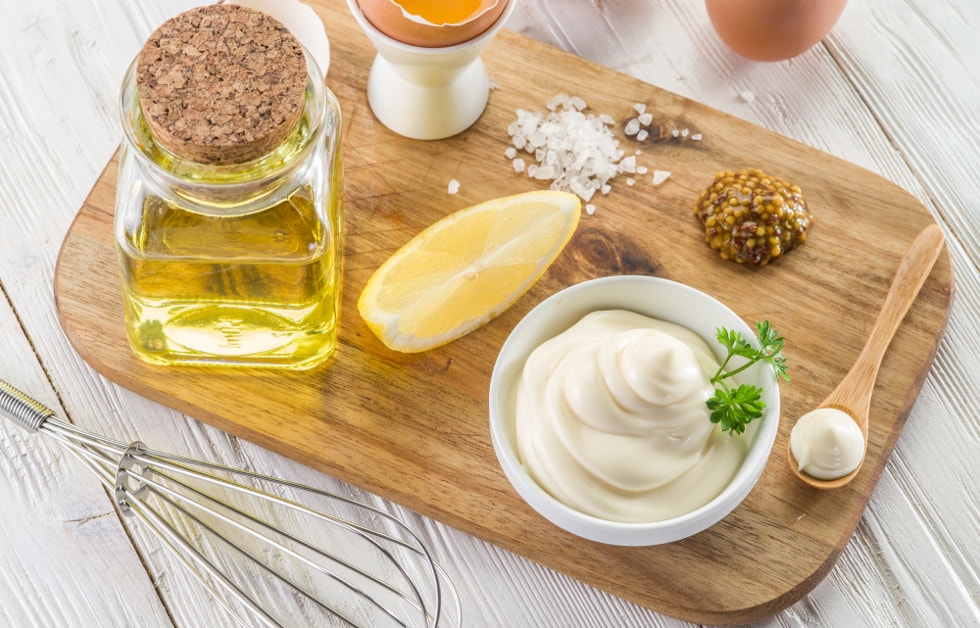
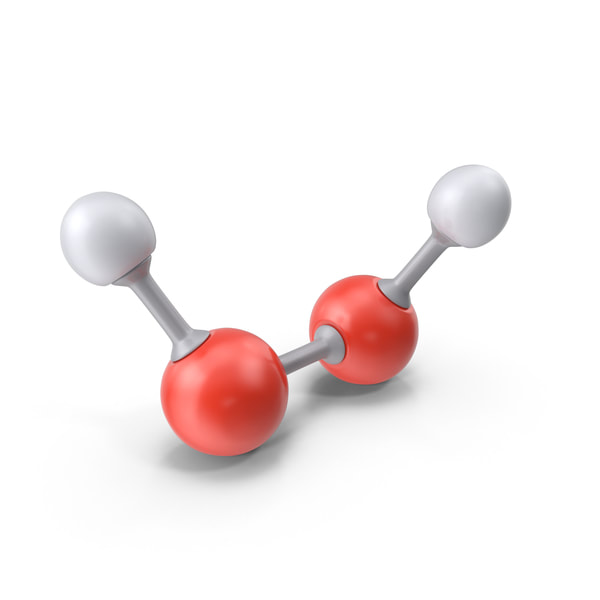

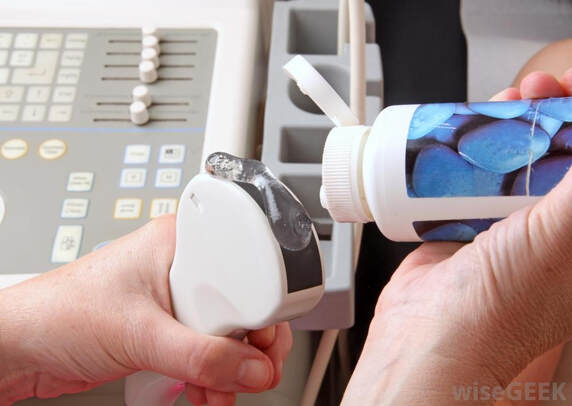

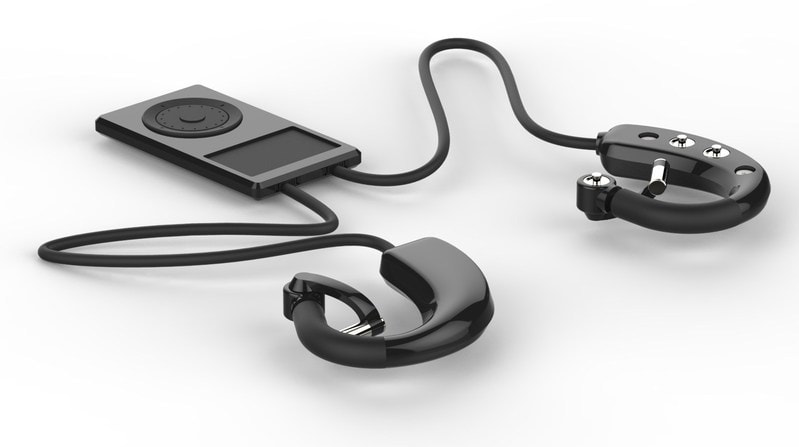
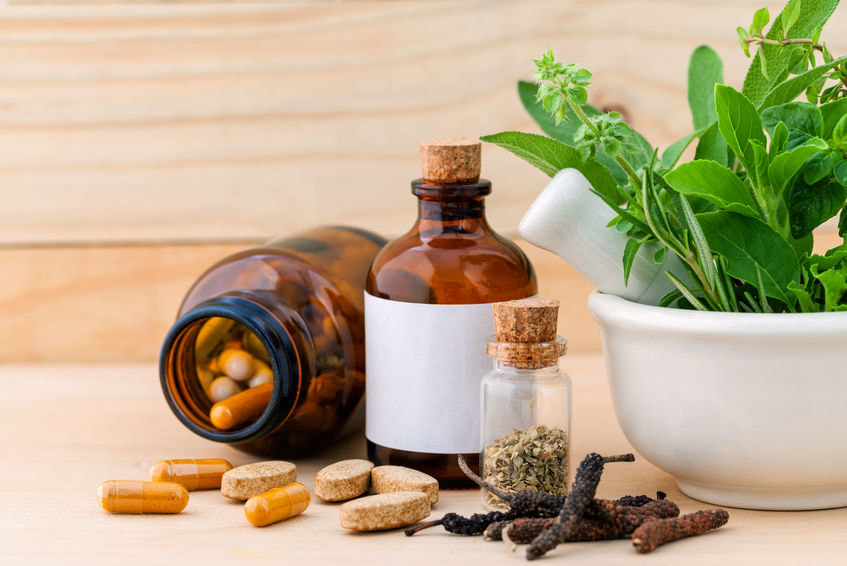
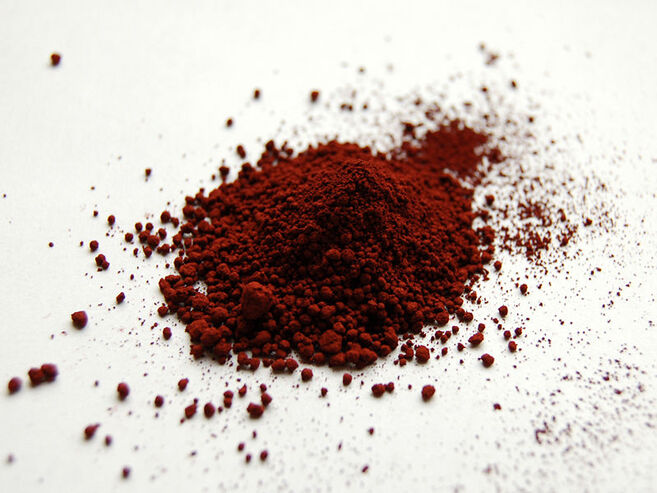

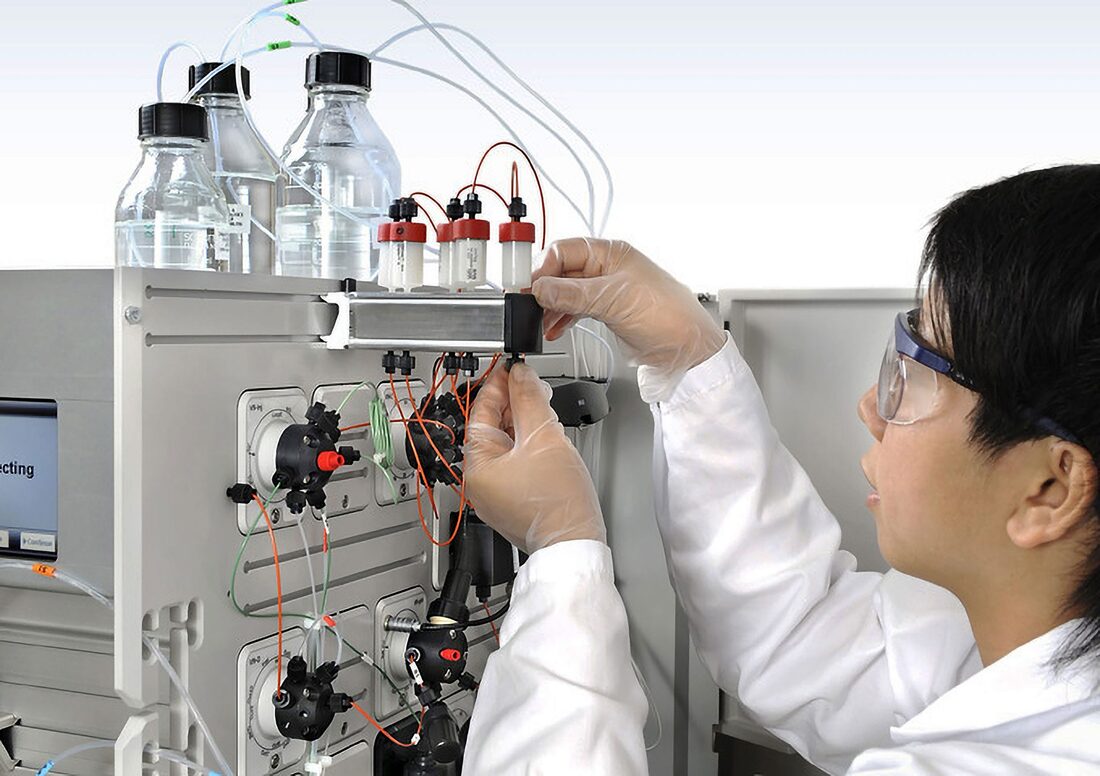
 RSS Feed
RSS Feed
